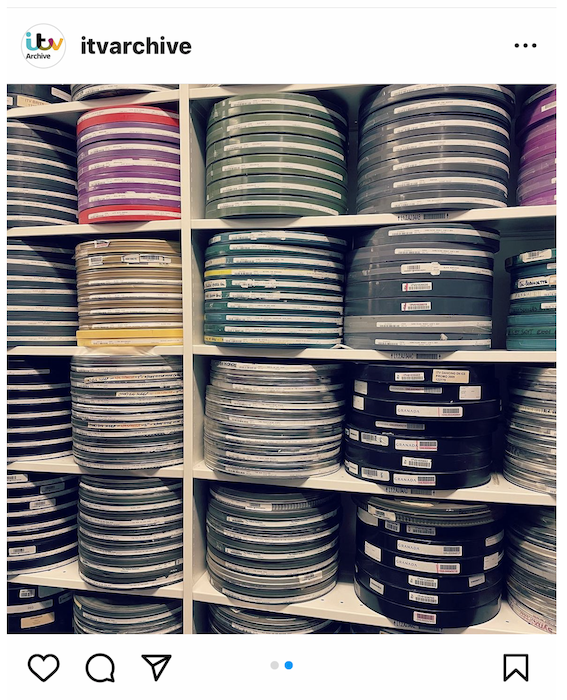Challenges when Digitising Film
17 April 2024The world of filmmaking has come a long way since the era of celluloid film. In today’s digital age, protecting your film-based content often involves digitising it as part of the preservation process. While this offers numerous advantages, there are still several challenges when digitising film that require careful consideration. Here, we will explore the problems associated with scanning film and provide insights on how to overcome them.
- Deterioration of Film Material
One of the most significant challenges when digitising film is the degradation of the celluloid itself. Over time, and if not stored correctly, film can become brittle, faded, or even develop mould and other forms of damage. This deterioration can make it particularly difficult to obtain a high-quality digital copy.
Solution: Before digitisation, it’s crucial to audit and inspect the film for any physical damage. Professional film scanning service providers can help repair, clean and quarantine damaged and deteriorating film assets, ensuring better-quality digital transfers.
- Resolution and Quality Issues
16mm film does not offer the same level of resolution as the latest digital formats, which can result in blurry, grainy footage when viewed on modern screens and devices.
Solution: To mitigate resolution and quality issues, contact a reputable and experienced digitisation service that uses specialist equipment and technology to capture the film at its highest possible quality, and that can also provide post-digitisation enhancement services.
- Aspect Ratio Challenges
Footage shot on film is often intended to be viewed in an aspect ratio other than 16:9, which is a broadcast standard. Common film aspect ratios include 1.85:1 and 2.35:1. Digitising film without considering this can result in incorrectly cropped images and/or an unnecessary loss in quality
Solution: When digitising film, ensure that the intended aspect ratio is preserved correctly. This may involve adding black bars or altering your output resolution.
- Frame Rate Mismatch
Film often comes in various frame rates, such as 16, 18, or 24 frames per second. Mismatched frame rates during digitisation and compiling can lead to juddering or stuttering playback.
Solution: It is recommended to identify and scan the film in its original frame rate. Any subsequent conversions should be done using specialised software and equipment.
- Audio Quality Issues
Content shot on film often includes a combined or separate audio track that is crucial to the overall experience. However, due to age and degradation, audio tracks can suffer from hissing, popping, and other forms of noise.
Solution: High-quality audio restoration software can help clean up and enhance audio tracks after digitisation. This process can significantly improve the overall viewing and listening experience.
- Storage and Archiving Challenges
Film can take up a significant amount of digital storage space when scanned as a high-quality image sequence format, such as DPX. Managing and archiving these large files can be a daunting task.
Solution: Invest in a robust storage solution, such as external hard drives, LTO tapes or cloud storage, to safely store digitised film. Organise files with descriptive filenames and metadata to make retrieval and management more accessible. Depending on your needs, it may be appropriate to consider converting to a visually lossless format to save space.
- Cost Considerations
High quality film scanning is not a cheap endeavor, especially if you have a substantial collection. Professional digitisation services, equipment, and software can be a significant outlay.
Solution: Consider prioritising your content by risk of degradation, commercial exploitability and personal value. Balancing cost with quality is essential, so research service providers and equipment thoroughly.
- Time-Consuming Process
Digitising film is a time-consuming process, especially if you have a vast collection. It requires careful handling, cleaning and calibration, which can be a significant time investment.
Solution: Plan ahead and allocate enough time for the digitisation process, and always account for any post-digitisation services that may be required, such as restoration and colour grading.
Conclusion
Digitising film content is a worthwhile endeavour to preserve precious memories and valuable content. While it comes with its set of challenges, understanding and addressing these issues can help you obtain high-quality digital copies that stand the test of time. Carefully select the right equipment and service providers and invest in restoration and other post-processing services where necessary. Don’t let these challenges when digitising film deter you; instead, let them guide you towards a successful digitisation process that preserves your content effectively.




